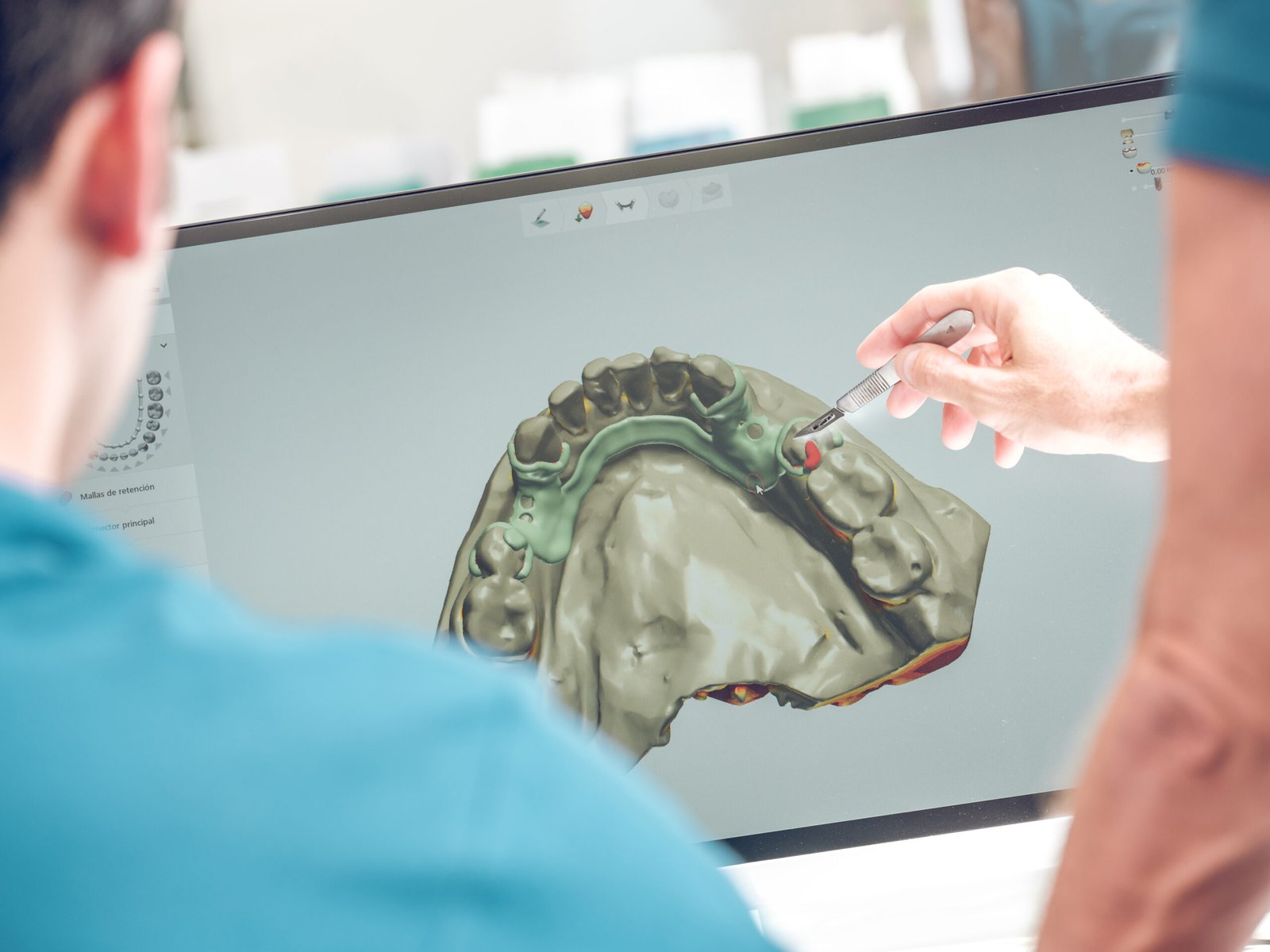
Cosmetic surgery has undergone a remarkable transformation in recent years, with technology playing a pivotal role in reshaping how procedures are planned, communicated, and performed. Among the most influential innovations are 3D imaging and virtual consultations, two tools that have revolutionised the way surgeons and patients interact during the pre-surgery process. By enhancing transparency, customisation, and convenience, these technologies are setting new benchmarks for patient care and surgical success.
The Impact of 3D Imaging in Cosmetic Surgery
3D imaging is an advanced technology that generates precise, three-dimensional models of a patient’s face or body. These detailed models allow surgeons to visualise and predict the outcomes of procedures with a high degree of accuracy. By bridging the gap between patient expectations and realistic results, 3D imaging enhances trust and confidence in surgical planning.
How 3D Imaging Works
High-resolution scanning captures anatomical details.
Specialised software generates a lifelike 3D model.
Surgeons manipulate the model to showcase potential surgical results.
Real-time adjustments allow interactive consultations with patient feedback.
Patients considering rhinoplasty, breast augmentation, or body contouring can benefit from 3D simulations that illustrate how changes will appear from multiple angles, ensuring informed decision-making.
Benefits of 3D Imaging
Enhanced Communication: Patients gain a clear, realistic preview of expected results, improving their understanding of procedures.
Reduced Anxiety: Seeing potential outcomes alleviates pre-surgery concerns.
Customised Treatment Plans: Surgeons can tailor procedures more precisely to patient goals.
Higher Satisfaction: Patients with realistic expectations are more likely to be pleased with their final results.
The Role of Virtual Consultations in Cosmetic Surgery
Virtual consultations have transformed how patients connect with cosmetic surgeons. Secure video platforms enable patients to discuss treatment options remotely, making aesthetic care more accessible than ever.
How Virtual Consultations Work
Patients submit photos and descriptions of their concerns.
Surgeons review materials and assess suitability for procedures.
A video consultation allows real-time discussion of treatment options, benefits, and risks.
In some cases, 3D imaging is integrated to provide a visual representation of potential outcomes.
Advantages of Virtual Consultations
Increased Accessibility: Patients in remote areas can connect with top surgeons without travel.
Convenience: Flexible scheduling allows patients to fit consultations into their busy lives.
Cost Savings: Fewer in-person visits reduce travel expenses and time commitments.
Expanded Clinic Reach: Surgeons can engage with a wider patient base beyond their immediate location.
Combining 3D Imaging and Virtual Consultations
When used together, these technologies create a seamless experience. Patients can visualise their desired results from the comfort of home while discussing treatment plans with their surgeon. This approach enhances patient confidence and ensures alignment between expectations and achievable outcomes.
Challenges and Considerations
While 3D imaging and virtual consultations offer many benefits, they also come with challenges:
High Costs: Advanced imaging equipment and software require significant investment.
Training Requirements: Staff must be skilled in using these technologies effectively.
Limitations of Remote Assessments: Virtual consultations depend on patient-provided photos, which may lack the precision of in-person evaluations.
Managing Expectations: 3D imaging provides predictions, but final results depend on healing and individual anatomy.
The Future of 3D Imaging and Virtual Consultations
Advancements in artificial intelligence and augmented reality are expected to refine these technologies further. AI-driven imaging may improve surgical predictions, while AR tools could allow patients to “try on” cosmetic changes in real-time. As technology evolves, clinics that embrace these innovations will stay at the forefront of cosmetic surgery.
Conclusion
3D imaging and virtual consultations are revolutionising the cosmetic surgery industry, making procedures more transparent, accessible, and tailored to patient needs. These technologies empower patients with clearer expectations and more confidence in their surgical choices. As their adoption continues to grow, they will play a vital role in shaping the future of aesthetic medicine.






